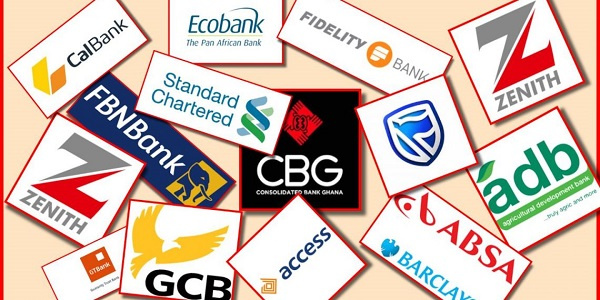GAB Projects Drop in Lending Rates Starting August 6 Following BoG’s 300bps Policy Rate Cut
Chief Executive Officer of the Ghana Association of Banks (GAB), John Awuah, has projected a downward adjustment in interest rates on commercial loans beginning August 6, 2025, following the Bank of Ghana’s recent cut in the policy rate.
The Bank of Ghana, during its last Monetary Policy Committee (MPC) meeting, slashed the policy rate by 300 basis points to 25%, citing improved macroeconomic conditions and easing inflationary pressures.
Speaking in an interview, Mr Awuah explained that the significant reduction in the policy rate would have a direct effect on the Ghana Reference Rate (GRR), which serves as a benchmark for setting lending rates by banks and financial institutions.
“Obviously, the policy rate carries about 40% weight in the variables that determine the Ghana Reference Rate,” he noted. “So by next Wednesday, August 6, 2025, the commercial banks are expected to publish the new GRR for August, and we should see quite a good reduction.”
Mr Awuah speaking further, dismissed claims that commercial banks are often slow to adjust their lending rates in response to changes in the policy rate, asserting that the link between the two is well-established and transparent.
The Ghana Reference Rate was introduced in April 2017 by the Bank of Ghana in collaboration with the Ghana Association of Banks, with the aim of improving transparency and consistency in the pricing of credit.
The GRR replaced the previous base rate model and was initially set at 16.82%. It is reviewed and published monthly by banks.
According to the Bank of Ghana, the GRR plays a critical role in influencing interest rates across the banking sector and guides the pricing of loans and other financial products.
Effect on Borrowers
Commenting on the implications for borrowers, Mr Awuah explained that the reduction in the GRR will primarily benefit individuals and businesses negotiating new credit facilities and those with existing loans pegged to a variable rate.
“If the loan was negotiated at a variable rate, then it is likely the interest on that facility will be adjusted downwards,” he stated. “For those about to take new loans, they stand to benefit fully from the reduced GRR.”
Despite periodic cuts in the policy rate, concerns persist about the pace at which commercial banks adjust their lending rates. Analysts have often attributed the lag to other underlying cost factors, including the banks’ cost of funds, credit risk premiums, and operational inefficiencies.
The upcoming revision of the GRR for August 2025 will be closely watched by market participants, especially as the central bank continues its efforts to foster a lower interest rate environment to support economic recovery and growth.







